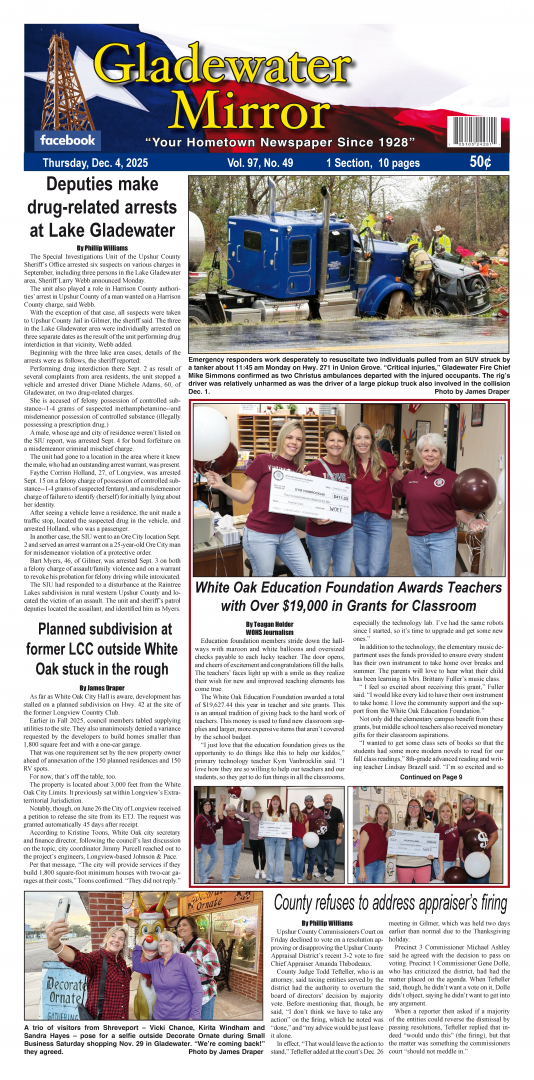Come this Saturday and next April, the best place to be will be deep in the heart of Texas. That’s where the brightest star of all will be at the center of two celestial phenomenons.
Within a span of six months, Texas will be the only state to witness not one, but two solar eclipses: an annular solar eclipse on Oct. 14, 2023, and—the one many are eagerly awaiting—the total solar eclipse on April 8, 2024. Whether you’re an astronomy buff or just have a passing interest in celestial events, don’t be left in the dark.
The annular solar eclipse on Oct. 14 will be at least partially visible from all of the Lower 48 states as well as parts of Mexico and Canada.
Here’s everything you need to know about the event, also called a “ring of fire.”
An annular solar eclipse depends on where the moon is located. When it’s at or near its farthest point from Earth, the moon looks smaller. That phenomenon is what creates the fiery orange circle at the peak of the eclipse, rather than blocking out the sun completely.
The ring of fire’s path over the U.S. starts in Oregon at 9:13 a.m. local time, or 12:13 p.m. EDT. It will then move southeast across parts of California, Nevada, Utah, Arizona, Colorado and New Mexico to the Texas Gulf Coast. The farther you are in either direction, the less you’ll see. NASA has an interactive map that can tell you exactly when you’ll see the eclipse in your location, what to expect it to look like and for how long.
It’s a little too early to say for sure what the weather will be, but generally fall is favorable in many areas along the ring of fire’s path.
“For parts of the Southwest, it’s a typically drier time of year, which means odds lean toward clearer skies in mid-October vs. other times of year like winter when storm systems track through the region and summer when the monsoon is active,” senior weather.com digital meteorologist Chris Dolce.
It’s really important to protect your eyes. No one should ever look directly at the sun, and an eclipse is no different. Experts recommend using special glasses or viewers. Make sure they are from a reputable source and meet the safety standard for sun viewing.
This eclipse will pass over a part of Texas that will be treated to a total solar eclipse on April 8. The April event will also be at least partially visible from all the Lower 48.
There won’t be another eclipse like this in the U.S. until June 21, 2039, and that one will only be visible from Alaska, according to NASA.









